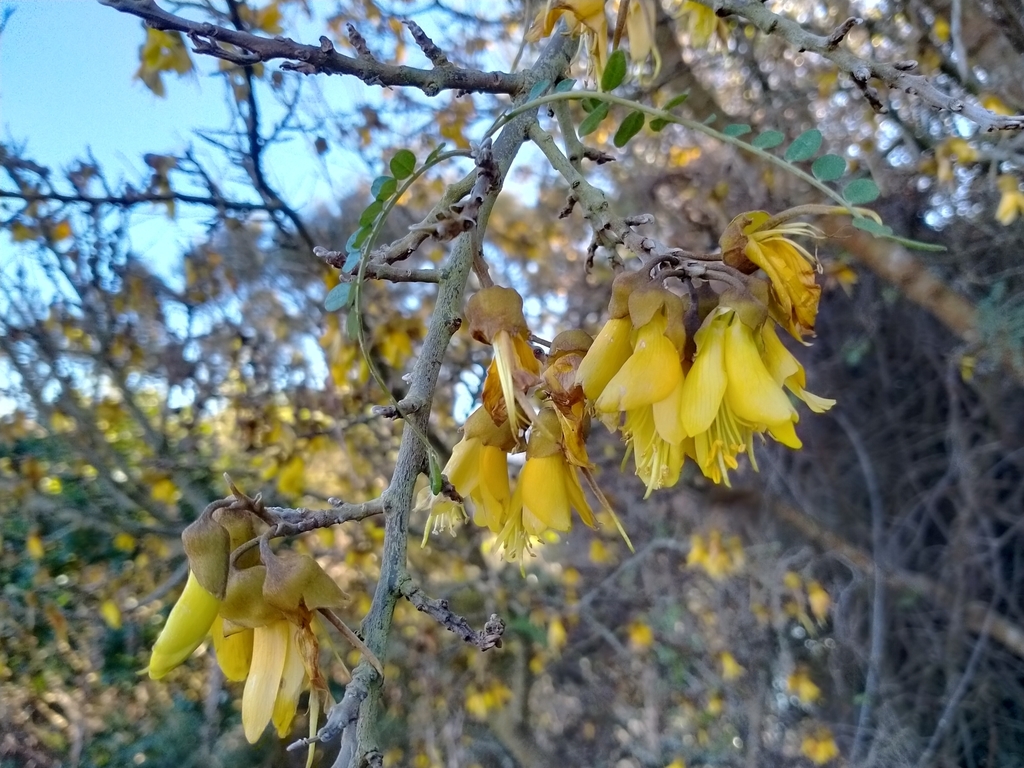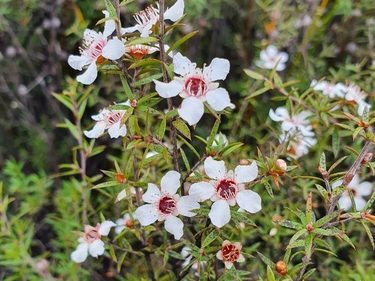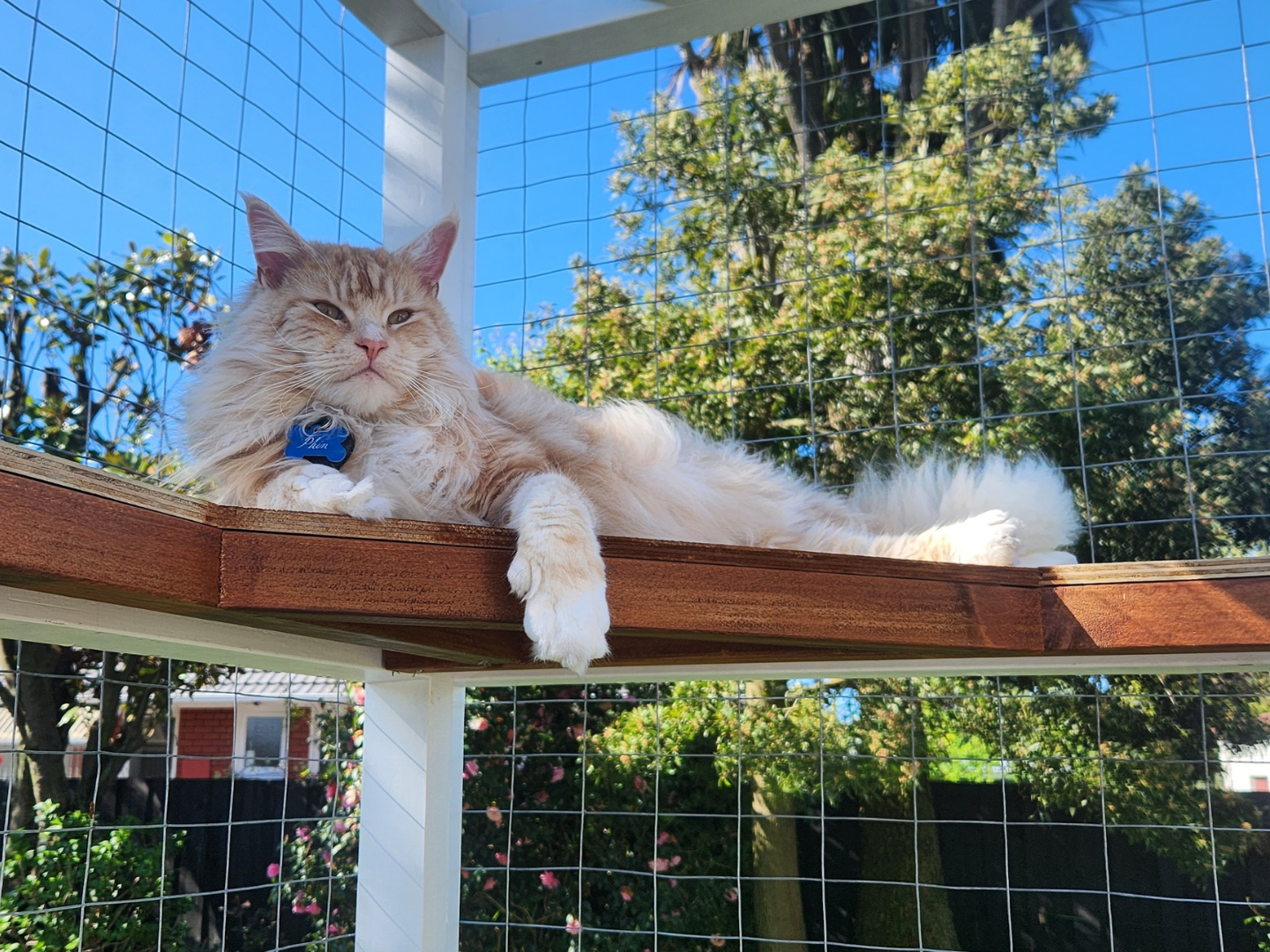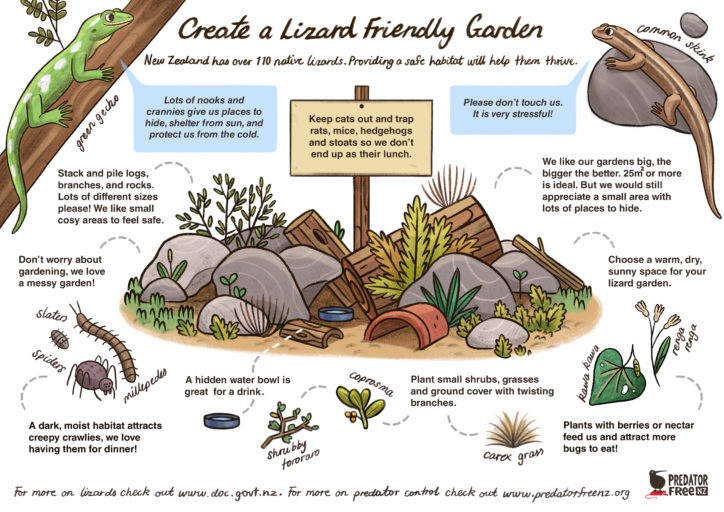ON THIS PAGE
Introduction
Not sure what’s in your backyard? Even if you haven’t spotted them, all kinds of wonderful creatures such as geckos and wētā might already be living there. You can identify them by making your own tracking tunnel with inked cards (see a how-to guide from DOC) or buy them from our shop.
Even if you’d rather not trap rats or possums, there are plenty of other things you can do to help our vulnerable native species. Below are some great ways to become a backyard wildlife champion.
Plant for nectar, fruit, foliage and insect eaters
With a little forethought, the plants in your garden can provide food, shelter and nesting sites and materials for birds, bugs and lizards.
Here are some tips for planting a range of native trees and shrubs that will provide food for a range of different species.
For nectar, fruit and foliage eaters
A variety of flowering and fruiting plants will give visiting native species year-round food.
That doesn’t just mean feathery friends. Lizards supplement their diet with berries too, so plant some species that produce fruit small enough to be a lizard’s lunch, for example, coprosma, muehlenbeckia, melicytus or gaultheria.
Kōwhai, pūriri and kohekohe are great in the garden because they can provide food in colder months when food is most scarce.
The Department of Conservation has a month by month calendar (PDF, 121KB) of native plants and when they produce nectar/seeds/fruit.

For insects and the birds that eat them
Plant multi-layered vegetation: ground covers, shrubs, trees and climbers. A good way to get started is to make note of the natives in your area that are busy with insect life.
Tī kōuka (cabbage tree), harakeke (flax), hebe and houhere (hoheria) are native plants that can attract insects.
For lizards, providing plants that flower close to the ground can bring insects and flies within their reach.
For bird nesting sites and materials

Finely branched shrubs such as kanuka, mānuka, māpou and kōhūhū provide nesting sites and materials for birds like tūī, riroriro (grey warbler) and pīwakawaka (fantail).
If you’ve ever wondered if our native birds were gardeners, what would they plant? See our article to find out more.
You can also plant rough-barked trees such as pūriri, tōtara and pukatea for native bats.
Buy or build them a little ‘house’
Encourage insects like wētā, beetles and solitary native bees by building or buying a wētā house or an insect palace – a special place for them to hide during the day that’s made up of lots of tunnels and tubes and nooks and crannies – just the way they like it.
Keep your cat safe inside
Domestic cats are a threat to native birds, lizards, bats and insects. However, cat owners can still play a part in protecting our wildlife.
The SPCA believe that all cats should be indoor cats. However, there are ways to make outdoor activity healthy and safe.
Cats can be walked outdoors on leashes.
Another option is screened-in porches or outdoor cat enclosures (sometimes known as ‘catios’), which can make your cat feel like they are outside without exposing them to any outside dangers.


Provide sugar water in winter

In the winter months, nectar sources can be scarce. Research shows feeding has potential benefits for native birds, but also risks, so it’s important to do it right. Using a sugar water feeder can attract hungry nectar-feeding birds like:
- Tūī
- Kākā
- Korimako (bellbird)
- Tauhou (waxeye)

Keep your garden messy!
There are several reasons why opting for a messier garden over a well-kempt lawn is a good way to attract native species like insects, insect-eaters and lizards.
When leaves fall off your plants and shrubs, allow them to accumulate. A thick layer of leaf litter will attract insects like spiders, moths and beetles. If you’re interested in having wētā visit your backyard, they love leaf litter, rotten logs and tree holes.
Doing things to attract insects will, in turn, attract insect-eating birds like pīwakawaka and riroriro (grey warbler).
Another bonus to a messy garden is lizards. Our native lizards love messy gardens because they offer shelter and lots of hidey holes. A piece of corrugated iron is the perfect home for a skink. Geckos and skinks will become regular visitors where there is shelter like low-growing creepers, shrubs, rocks and logs.
Creating a ‘lizard garden’ is a fun way to get kids involved in conservation too. Download our guide (PDF, 2MB) to make your own lizard friendly garden.

By making these little urban sanctuaries for our wildlife, you’re helping with what’s called habitat creation – and habitat loss is a huge problem for NZ’s threatened species. Planting is a big part of it, but also creating protective boundaries such as fences or waterways – it all depends on the type of land you own, where it is, and what you’re trying to achieve. If you own a large block of land, chat to the experts (DOC) about restoration planting and how to protect native wildlife on your property.


